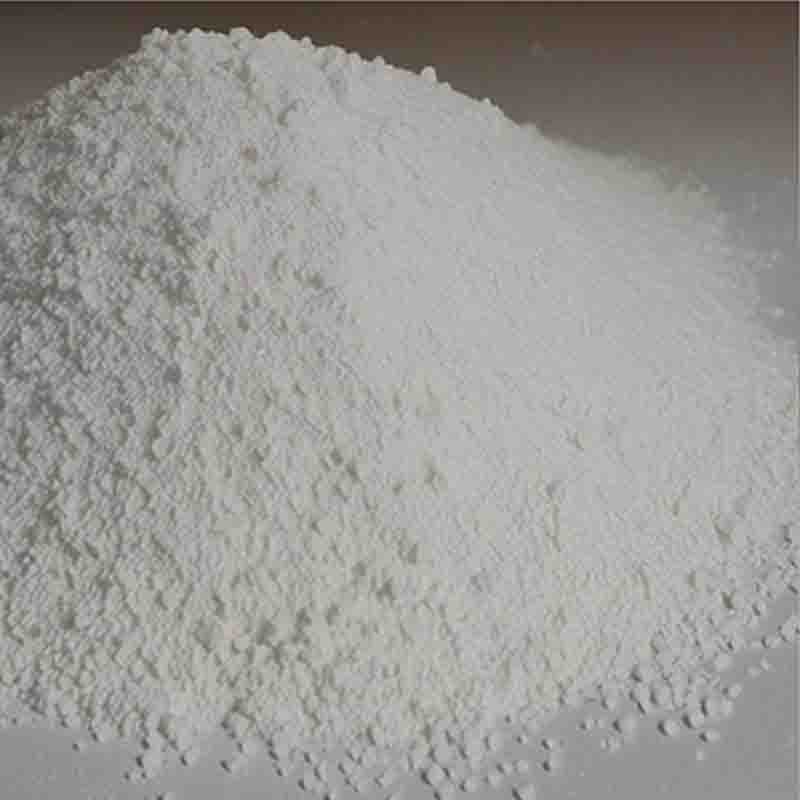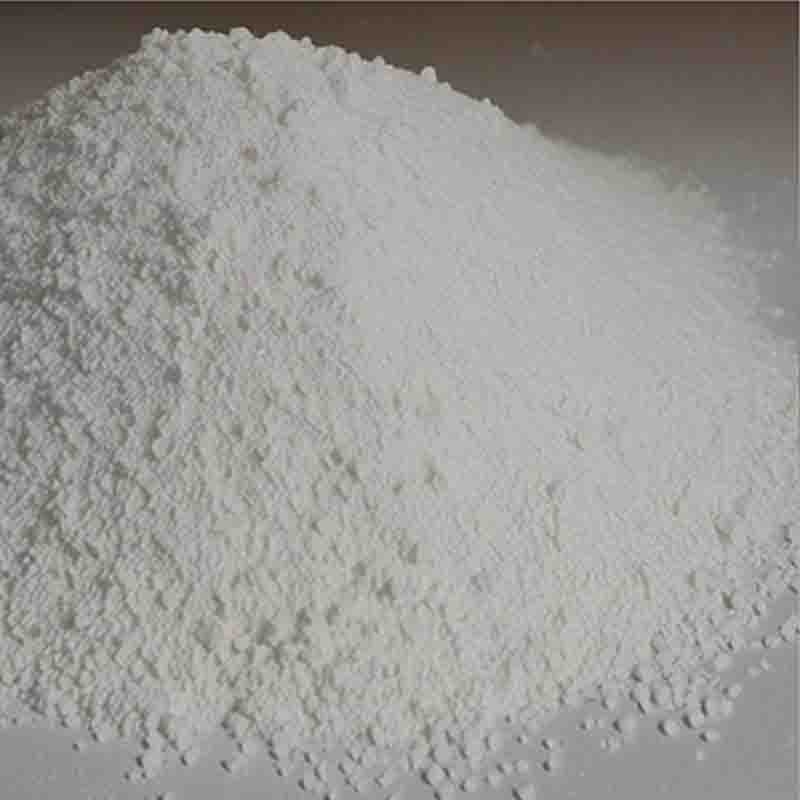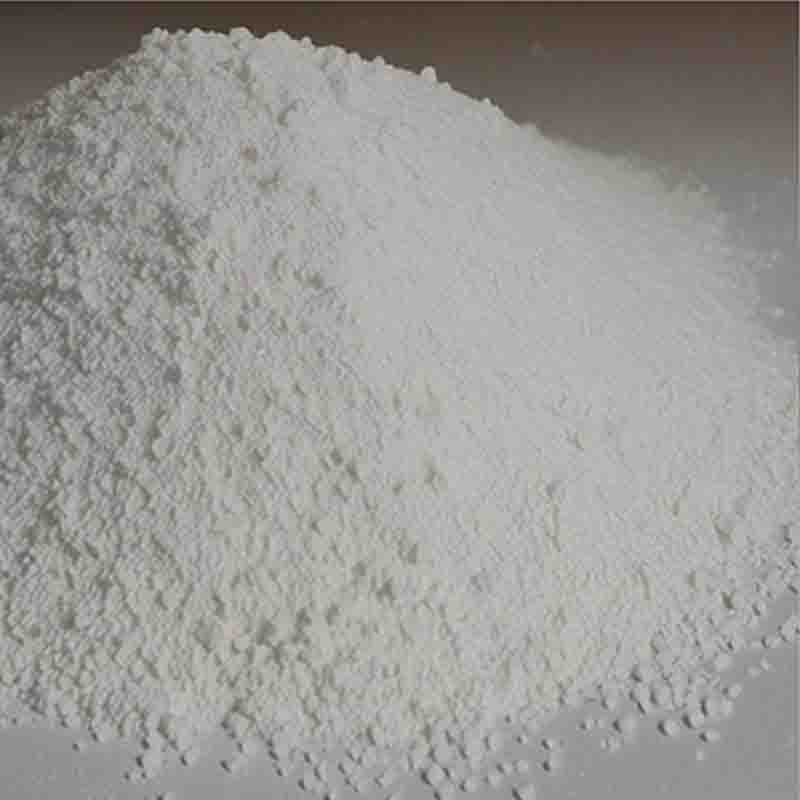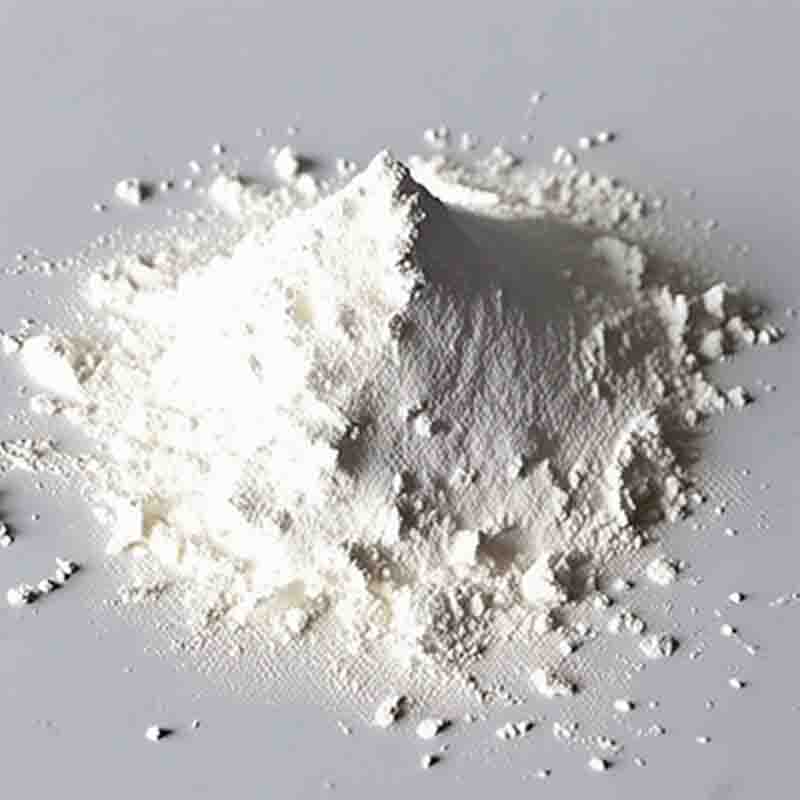(3S,4R)-4-Acetoxy-3-[(R)-1-(tert-butyldimethylsilyloxy)ethyl]azetidin-2-one CAS: 76855-69-1
| Catalog Number | XD94112 |
| Product Name | (3S,4R)-4-Acetoxy-3-[(R)-1-(tert-butyldimethylsilyloxy)ethyl]azetidin-2-one |
| CAS | 76855-69-1 |
| Molecular Formula | C13H25NO4Si |
| Molecular Weight | 287.43 |
| Storage Details | Ambient |
Product Specification
| Appearance | White powder |
| Assay | 99% min |
(3S,4R)-4-Acetoxy-3-[(R)-1-(tert-butyldimethylsilyloxy)ethyl]azetidin-2-one, often abbreviated as ABES, is a chemical compound that finds application as a versatile intermediate in organic synthesis. Its unique structure and reactivity make it valuable in the preparation of various organic compounds, including pharmaceuticals and fine chemicals.ABES contains a four-membered azetidin-2-one ring, which confers valuable properties for synthetic chemistry. The acetoxy group (ch3coo-) attached to the azetidinone ring allows for easy derivatization, enabling the introduction of different functional groups or modifications to the compound. The other key feature of ABES is the presence of an alkoxy-silane moiety [(R)-1-(tert-butyldimethylsilyloxy)ethyl], which enhances its reactivity and enables selective transformations.The utility of ABES lies in its ability to undergo various reactions to yield complex molecules with desired functionalities. One common application of ABES is its use as a chiral building block in asymmetric synthesis. The stereogenic centers present in ABES allow for the introduction of chirality into target molecules, which is crucial in drug discovery and development. The azetidinone ring in ABES can undergo ring-opening reactions, ring-closing reactions, or undergo substitution reactions to give a wide range of chemical structures.In addition to its use in asymmetric synthesis, ABES is employed in the synthesis of biologically active compounds. By selectively modifying the azetidinone ring or the alkoxy-silane moiety, medicinal chemists can synthesize analogs or derivatives of existing drugs to improve their pharmacological properties. ABES has been utilized in the preparation of various pharmaceutical compounds, including kinase inhibitors, antiviral agents, and enzyme inhibitors.The tert-butyldimethylsilyloxy (TBS) protecting group also plays a significant role in the synthesis of ABES derivatives. It protects sensitive functional groups or reactive sites during chemical transformations and can be subsequently removed under specific conditions to yield the desired compound.In conclusion, (3S,4R)-4-Acetoxy-3-[(R)-1-(tert-butyldimethylsilyloxy)ethyl]azetidin-2-one (ABES) is a versatile intermediate compound with valuable synthetic applications. Its unique structure and reactivity allow for the introduction of chirality and diverse functional groups into target molecules. ABES serves as a crucial building block in the synthesis of biologically active compounds, including pharmaceuticals and fine chemicals. Its versatile nature and synthetic utility make it an important tool for organic chemists involved in drug discovery, development, and other areas of chemical research.


![(3S,4R)-4-Acetoxy-3-[(R)-1-(tert-butyldimethylsilyloxy)ethyl]azetidin-2-one CAS: 76855-69-1 Featured Image](https://cdn.globalso.com/xdbiochems/白色粉末2467.jpg)
![(3S,4R)-4-Acetoxy-3-[(R)-1-(tert-butyldimethylsilyloxy)ethyl]azetidin-2-one CAS: 76855-69-1](https://cdn.globalso.com/xdbiochems/粉末400.jpg)





